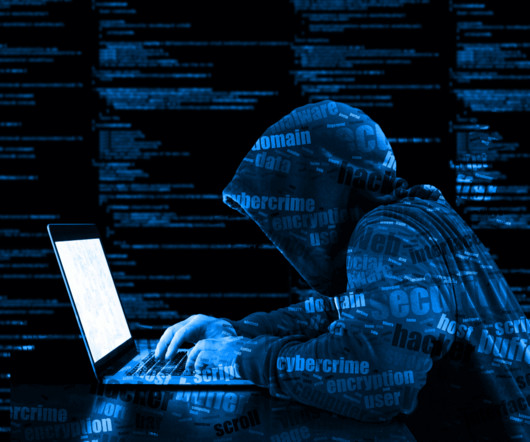GUEST ESSAY – Notable events in hacking history that helped transform cybersecurity assessment
The Last Watchdog
SEPTEMBER 27, 2021
It’s clear that when technology develops, people find creative ways to cause mass disruption, increasing the need for antivirus protection and firewalls. Plenty of people worldwide try to hack into networks and retrieve sensitive information to commit further crimes, like identity theft or fraud.












Let's personalize your content